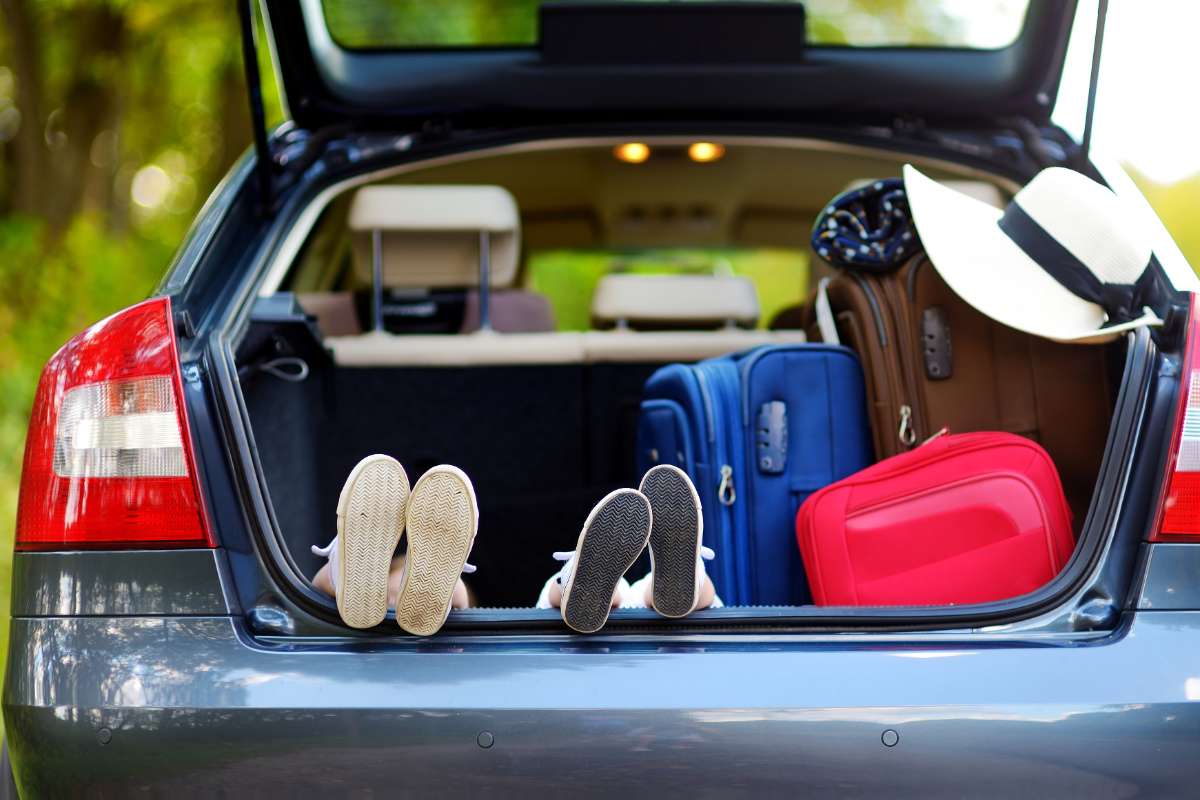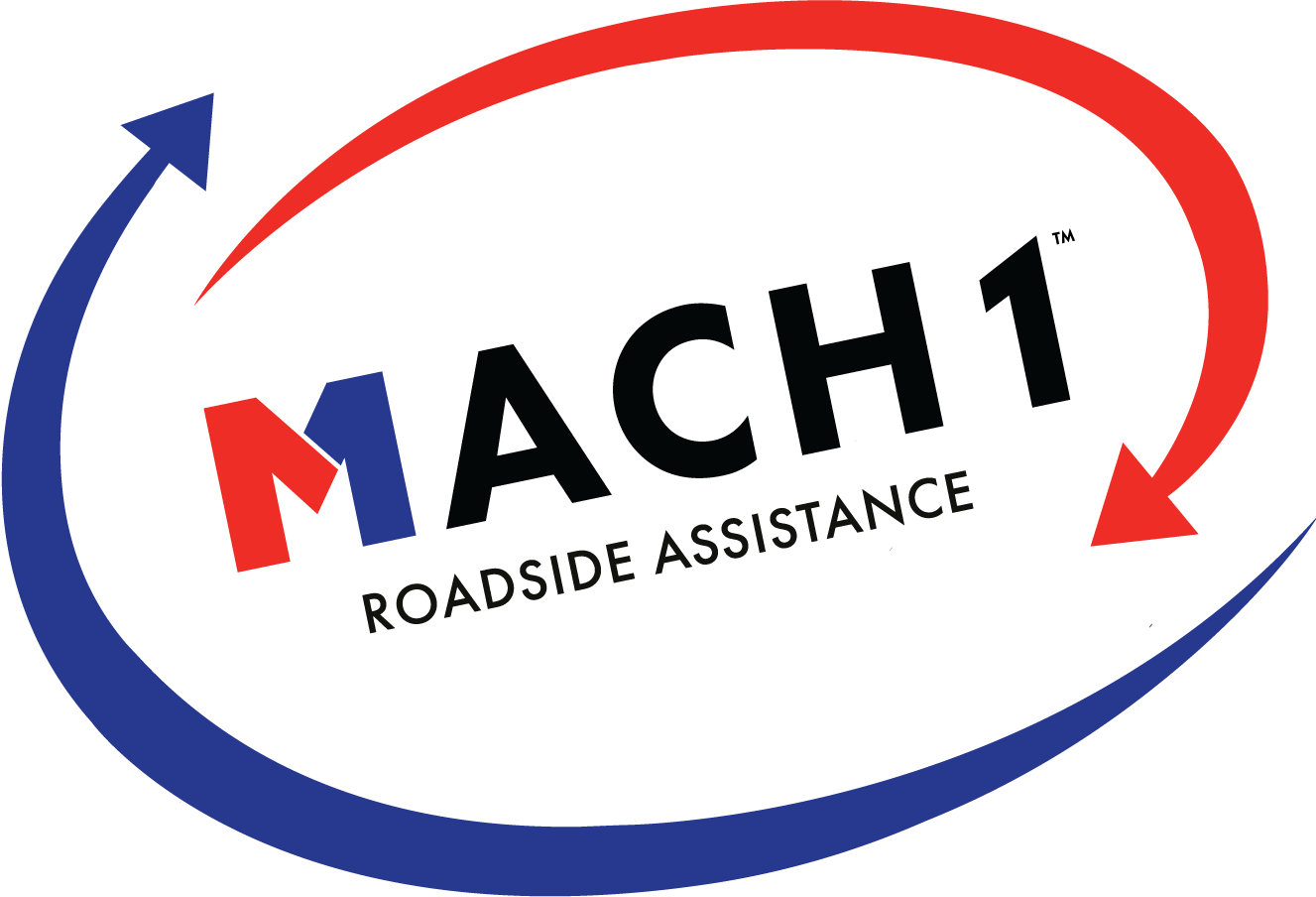
14 Jun How to Prepare Your Car for a Family Road Trip
Family road trips can be the stuff of cherished memories, filled with songs, games, and spontaneous roadside attractions. However, to ensure a smooth journey, proper preparation of your car is essential. Here’s a comprehensive guide on how to prepare your vehicle for a family road trip and how to pack it for optimum comfort and efficiency.
Start With a Thorough Checkup
Before embarking on your journey, take your car to a trusted mechanic for a comprehensive checkup. This should ideally include:
- Tire check: Ensure the tires are in good condition and properly inflated. Also, make sure to have a spare tire in case of emergencies.
- Brake inspection: Your brakes are critical for safety. The mechanic should check the brake pads and fluid.
- Battery check: Confirm your battery has no corrosion and is fully charged. Batteries older than three years should be tested to ensure they will function properly.
- Fluids check: This includes the engine oil, brake fluid, power steering fluid, transmission fluid, and windshield washer fluid.
- Light check: Check all lights, including indicators, brake lights, and headlamps, to ensure they’re functioning correctly.
- Air Conditioning check: A working air conditioning system can make your trip much more comfortable, especially during the summer months.
Planning Your Packing
Proper packing can save space, make items easier to find, and improve comfort during the journey. Here’s how to pack your car effectively for a family road trip:
- Essential Documents: Keep your driver’s license, registration, and proof of insurance readily available. Also, carry a copy of your roadside assistance plan, if you have one.
- First Aid Kit: Always have a first aid kit handy, stocked with essentials like band-aids, antiseptic wipes, tweezers, medical tape, and a variety of medicines.
- Emergency Kit: Your vehicle emergency kit should include jumper cables, a flashlight with extra batteries, tire inflator, a multipurpose utility tool, a blanket, and a roadside visibility aid like flares or reflective triangles.
- Food and Water: Pack enough snacks and water for the journey. Opt for snacks that won’t spoil without refrigeration.
- Entertainment: Don’t forget books, toys, or electronic devices for entertainment, especially if you’re traveling with kids.
When loading these items into your car, consider ease of access. Items you might need quickly, like snacks, first aid kit, or your child’s favorite toy, should be within reach.
How to Make Your Car Comfortable for a Long Road Trip
Comfort is paramount on a long road trip. Here are some tips to increase the comfort level in your vehicle:
- Space out: Overpacking can result in a cramped space. Ensure each passenger has enough room to sit comfortably, especially on long drives. Less clutter will lead to a more comfortable trip.
- Seat Comfort: Consider adding seat cushions or neck pillows for added comfort. They can make a significant difference, especially for older passengers.
- Climate Control: Use sunshades on windows to help keep the car cool. If your vehicle has a climate control feature, set a comfortable temperature and ensure it’s maintained throughout the journey.
- Entertainment: Having a variety of entertainment options can help keep passengers comfortable by preventing boredom. Consider audiobooks, portable gaming devices, or even traditional car games.
- Plan Breaks: Regular stops not only allow the driver to rest but also give passengers a chance to stretch, which can be critical for maintaining comfort on long drives.
Don’t Forget Child Safety
If you’re traveling with young children, make sure their safety seats are correctly installed and suitable for their current age, weight, and height. According to the American Academy of Pediatrics, children should use:
- Rear-facing seats as long as possible, usually until they reach the maximum weight or height limit set by the car seat manufacturer.
- Forward-facing seats with a harness for as long as possible, up to the highest weight or height allowed by the car seat manufacturer.
- Booster seats until the vehicle seat belts fit properly, typically when they have reached 4 feet 9 inches in height and are 8 to 12 years old.
Beyond this, ensure the kids are engaged with sufficient games, snacks, and nap times. Their comfort contributes to a peaceful trip.
Be Prepared for Unexpected Events
While we hope they won’t occur, preparing for unexpected events is a smart move. Carry roadside emergency contact details, learn basic car repair skills such as changing a tire or checking coolant levels, and have a contingency plan ready for possible delays.
Keep it Clean
A clean car is a comfortable car. Carry a trash bag to collect litter and keep your car interiors tidy throughout the trip. It’s also good to carry wipes and hand sanitizers, especially during times when hygiene is paramount.
How does a Roadside Assistance service call typically accommodate families in the car?
Roadside assistance providers recognize the additional considerations required when servicing vehicles carrying families, especially those with young children or elderly passengers. Here are some of the special accommodations roadside assistance services may offer:
- Prompt Service: Recognizing that children, in particular, may become restless or anxious during delays, many providers prioritize minimizing wait times for families.
- Safety Measures: Service providers take additional safety measures when there are families involved. This could include positioning the service vehicle to protect the family’s car from traffic, or assisting the family in moving to a safe location away from the road.
- Child and Elderly Care: In some cases, roadside assistance may offer additional care provisions. This could range from providing blankets or water, to engaging in activities to keep children occupied while the vehicle is being serviced.
- Transportation Assistance: If the car needs to be towed, some providers may help arrange alternative transportation for the family. In some cases, the roadside assistance vehicle itself may be equipped to transport the family to a safe location.
- Accommodation Support: For major breakdowns where repairs can’t be completed quickly, some roadside assistance services offer help with arranging emergency accommodation, ensuring the family isn’t left stranded.
- Pet Support: Recognizing that pets are part of the family, some roadside assistance programs provide support for pets. This could involve helping find pet-friendly accommodations or locating local veterinary services in case of an emergency.
- 24/7 Availability: Families often travel outside of typical business hours. Knowing this, many roadside assistance providers offer 24/7 service to accommodate unexpected breakdowns at any time.
Conclusion
While the preparation for a family road trip might seem like a tedious task, the comfort, safety, and peace of mind it offers makes it absolutely worth it. The key to a successful trip is a well-serviced car, strategic packing, comfort provisions, safety measures, and the readiness to face the unexpected. Happy traveling!
Before embarking on your next road trip adventure, make sure to consult our comprehensive road trip checklist. It covers everything from essential items to pack, vehicle maintenance tips, and important safety reminders to ensure a smooth and enjoyable journey.
